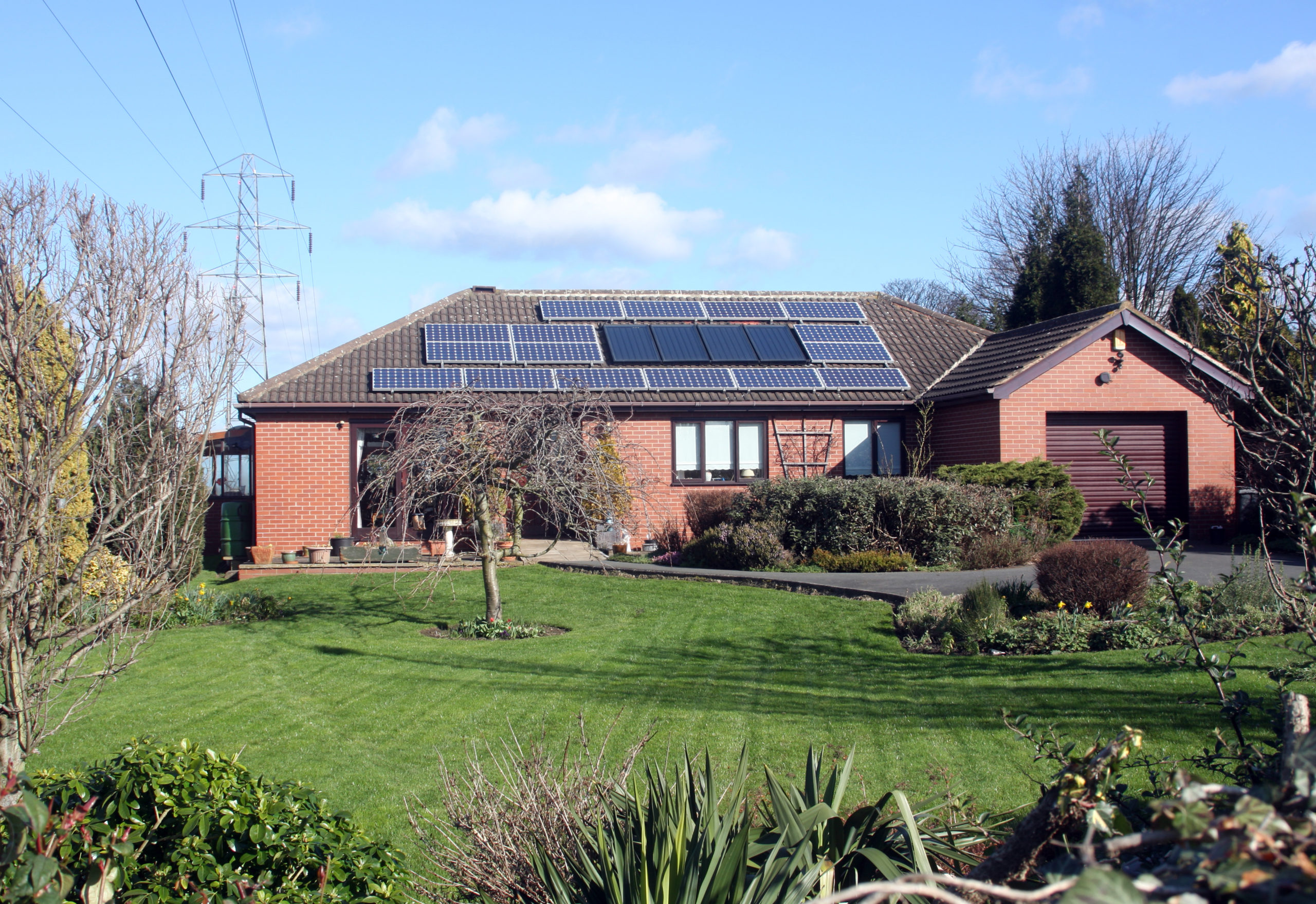Camping Clean
One of the best ways to truly explore the country is to travel with an RV. You can easily go from place to place and stop only when you need or want to stop. However, one of the pitfalls of RVing is that you often rely on campgrounds for their power. This can limit the places you want to visit if they don’t have a campground nearby. In addition, the power that these campgrounds use is often based on fossil fuel energy. For those who enjoy the outdoors, it seems a little backward to use energy that damages the environment they want to spend time in. As such, RVers should look into using green energy, like solar power, to power their RV instead. This article will discuss how to use those solar panels and batteries in order to ensure that your RV receives energy no matter where you’re traveling.
How Many Panels?
One of the first decisions you need to make upon choosing to utilize solar power for your RV is how many panels you actually need. Solar panels are going to be responsible for catching the sun and transferring light energy into useable energy for your RV. So, the number of panels largely depends on the size of the panel and your energy consumption. One way you can estimate on your own is to first determine your RVs power requirements. You can do this by simply running it on its batteries for a time. Each battery usually offers a number of amps per hour. So, if your batteries took three days to drain, for example, and those batteries are both 100-amp each, then you take that 75% of that number–since you’ll only be able to use 75% of the energy coming in from the sun–and divide it by the number of days it took for the batteries to drain.
For those who require an example, let’s say you have two batteries that produce 100 amps per hour. Together, that’s 200 amps. If your RV lasted three days on those batteries, then you first take 75% of 200–which is 150–and then divide it by three to get 50 amps per hour. That’s how much energy you produce in a day. So, you need panels that will give you that amount. At that point, you’ll want to speak to a panel fabricator who can equip you with the correct panel to produce that amount of energy.
Where To Install
Once you have your panels, you need to consider where to place them. The absolute best location is on the roof of your RV. This provides a large space with almost constant access to the sun. It also tends to determine the size of your panels. Clearly, large panels won’t always be able to fit on your roof if your RV is on the smaller side.
Once the panels are installed, everything connects to a converter and you have a clean source of power.







